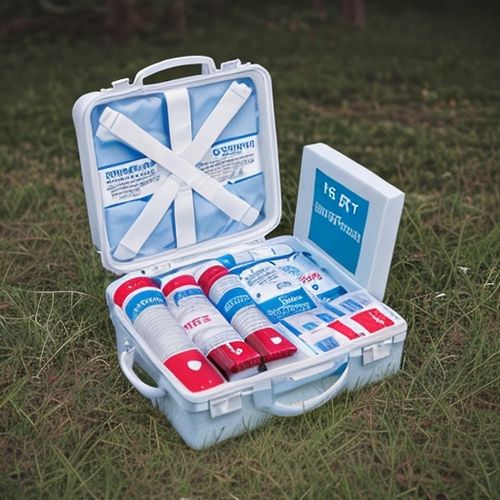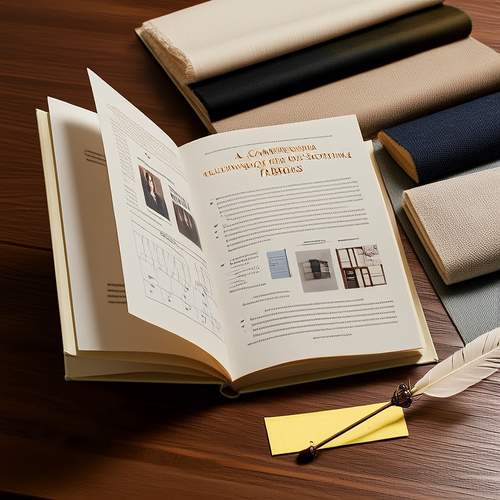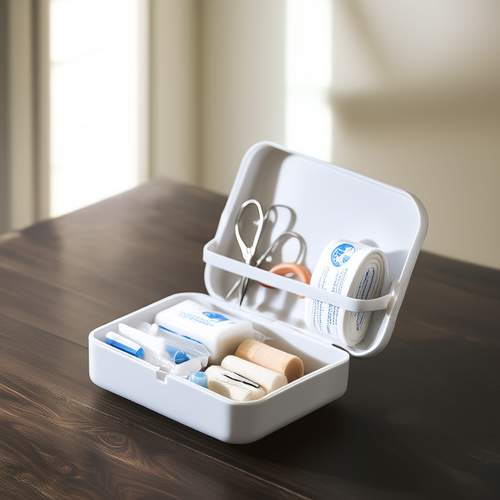In the chaotic rhythm of modern life, emotional turbulence has become an unwelcome companion for many. The sudden surge of anxiety before a presentation, the white-hot flash of anger in traffic, or the crushing weight of sadness after a disappointing setback – these emotional storms can leave us feeling powerless. Yet just as we keep bandages for physical wounds, we can assemble an emotional first aid kit with immediate techniques to weather these psychological squalls.
The concept isn’t about suppressing emotions but creating a buffer between stimulus and reaction. When anxiety tightens its grip around your chest, or anger threatens to hijack your better judgment, having go-to strategies can mean the difference between escalation and equilibrium. These tools work by interrupting the body’s stress response, creating space for the prefrontal cortex – our rational brain – to regain control.
Breathing techniques often get dismissed as cliché until you experience their transformative power during panic’s crescendo. The 4-7-8 method, where you inhale for four counts, hold for seven, and exhale for eight, acts like a system reboot for your nervous system. This isn’t just placebo – the extended exhale triggers the vagus nerve, signaling your body to shift from fight-or-flight to rest-and-digest mode. You’ll notice your heartbeat slowing, your muscles unclenching, as if someone turned down the volume on your physiological alarm system.
For moments when anger turns your vision red, the temperature shift technique offers surprising relief. Splashing cold water on your face or holding an ice cube in your palm creates a physiological diversion. The sudden cold activates the mammalian dive reflex, an evolutionary adaptation that slows metabolism when submerged in cold water. Your body interprets this as “we’re diving now – conserve oxygen” and automatically dials down emotional intensity. It’s like throwing water on the internal fire.
Anxiety often stems from our minds time-traveling to imagined futures. The grounding exercise 5-4-3-2-1 technique yanks us back to the present moment by engaging all senses. Notice five things you see, four you can touch, three you hear, two you smell, one you taste. This sensory inventory crowds out catastrophic thinking by occupying your brain’s processing capacity with immediate, tangible reality. The buzzing fluorescent light above you, the faint coffee stain on your sleeve, the distant hum of an air conditioner – these mundane details become anchors in the storm.
When emotions feel too big for your body, progressive muscle relaxation can prevent tension from crystallizing into headaches or back pain. Starting from your toes and moving upward, deliberately tense each muscle group for five seconds then release. This conscious tightening and loosening creates awareness of where you’re holding stress and teaches your body the difference between clenched and relaxed states. Many discover their jaws have been permanently slightly clenched or their shoulders raised to their ears without realizing it.
The emergency emotional discharge method works remarkably well for sudden overwhelming feelings. Grab a notebook and scribble every unfiltered thought for three minutes without lifting the pen. No grammar, no coherence – just word vomit. Then immediately destroy the paper. This acts as a pressure valve for emotions too intense to process rationally in the moment. The physical act of tearing or crumpling the paper provides symbolic closure, while the brain interprets the dumping of thoughts as resolution.
For public situations where emotional displays aren’t feasible, the tactical distraction technique can buy you crucial composure. Mentally list all European capitals, recite the lyrics to your favorite childhood song, or count backward from 100 by sevens. This cognitive load forces your working memory to focus on problem-solving rather than emotional amplification. It’s not avoidance – it’s strategically delaying processing until you’re in a safer environment.
Physical movement remains one of the most underutilized emotional regulators. When anger or anxiety floods your system with adrenaline, a brisk walk or even just shaking out your limbs helps metabolize those stress chemicals. The body interprets motion as “we’re dealing with the threat” and stops pumping out more fight-or-flight hormones. This explains why pacing often feels instinctively right during distress – it’s the body’s way of completing the stress response cycle.
Smell offers a direct pathway to emotional regulation through the olfactory system’s connection to the limbic system. Carrying a small vial of peppermint oil or any scent with positive associations creates an instant mood shift. Inhaling deeply for four seconds stimulates the parasympathetic nervous system while the familiar scent provides comfort through associative memory. This works exceptionally well for anxiety spikes in public transportation or crowded spaces.
The compassionate self-talk technique counters the harsh internal narratives that amplify distress. Instead of “I can’t handle this,” try “This feels overwhelming, but I’ve handled difficult moments before.” The shift from catastrophic declarations to acknowledging difficulty while affirming capability prevents emotional snowballing. Speaking to yourself as you would to a distressed friend activates the brain’s caregiving system, releasing oxytocin to counteract stress hormones.
Visualization techniques leverage the brain’s difficulty distinguishing between vivid imagination and reality. Picture placing your anxiety in a balloon and releasing it, or imagine anger as red mist dissipating in wind. The more sensory details you add – the balloon’s string slipping through your fingers, the mist’s particles scattering – the more effective this becomes. Your subconscious receives the symbolic message of release, often resulting in actual physiological changes.
These emotional first aid strategies work best when practiced during calm moments so they’re familiar during crises. Like muscle memory, the brain more easily accesses techniques it’s rehearsed. Consider creating a physical kit with reminder cards, scents, or other tactile elements that cue these responses. Emotional resilience isn’t about never experiencing distress but about developing trust in your ability to navigate it – one immediate, accessible technique at a time.

By /May 21, 2025

By /May 21, 2025

By /May 21, 2025

By /May 21, 2025

By /May 21, 2025

By /May 21, 2025

By /May 21, 2025

By /May 21, 2025

By /May 21, 2025

By /May 17, 2025

By /May 17, 2025

By /May 17, 2025

By /May 17, 2025

By /May 17, 2025

By /May 17, 2025

By /May 17, 2025

By /May 17, 2025

By /May 17, 2025

By David Anderson/Apr 29, 2025